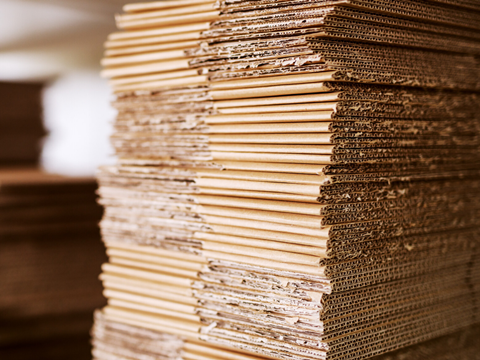
The 4evergreen alliance has released a new version of the Recyclability Evaluation Protocol providing a standardised protocol for evaluating recyclability, supporting regulatory compliance, and offering data-driven recommendations for improving packaging design and recycling processes.
Based on feedback and collaboration from more than 100 stakeholders across the fibre-based packaging value chain, it builds upon the beta release published in December 2022, introducing several key updates and new methodologies for the fibre-based packaging sector.
The Protocol contains Part I on Recycling Mill with Conventional Process, which describes the assessment method for conventional recycling mills. In addition, it now includes Part II with expanded evaluation schemes and new scorecards for recycling mills using flotation-deinking processes to produce high-quality deinked pulp, aiming to enhance its applicability across different recycling scenarios.
One of the changes in the new version is the update in terminology, where the term ‘Standard recycling mill’ has been replaced with ‘Recycling mill with the conventional process’ to better reflect the scope without altering the underlying processes. 4evergreen says the Protocol aligns with its mission to raise the recycling rate of fibre-based packaging to 90% by 2030.
As part of our Packaging Europe podcast series, we spoke to 4evergreen chair Sarah Price last year about the opportunities and challenges for paper-based packaging in 2024. At the end of the year Markus Locher, global manager of Barrier & Sustainable Packaging Solutions for Paper & Board at ACTEGA, discussed the challenges of creating a circular economy for fibre-based packaging as part of our ‘In Conversation With…’ series.
This year has already seen DS Smith and V. Roubis partner to create fibre-based e-commerce packaging for three sets of existing juice products produced in glass bottles. The new packaging is comprised of fibre-based corrugated cardboard and aims to utilize as few materials as possible, to increase the number of casements that can be packed and transported.
If you liked this story, you might also enjoy:
The ultimate guide to the Packaging and Packaging Waste Regulation in 2024
How are the top brands progressing on packaging sustainability?
Sustainable Innovation Report 2024: Current trends and future priorities
Everything you need to know about global plastic sustainability regulation

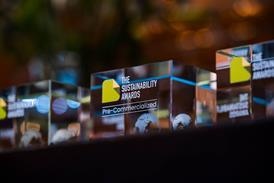

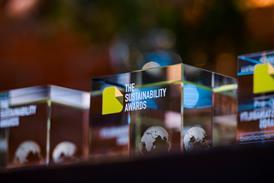
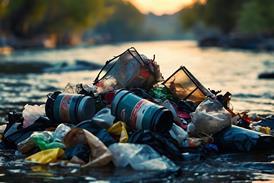
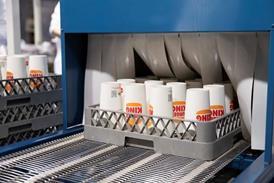











No comments yet